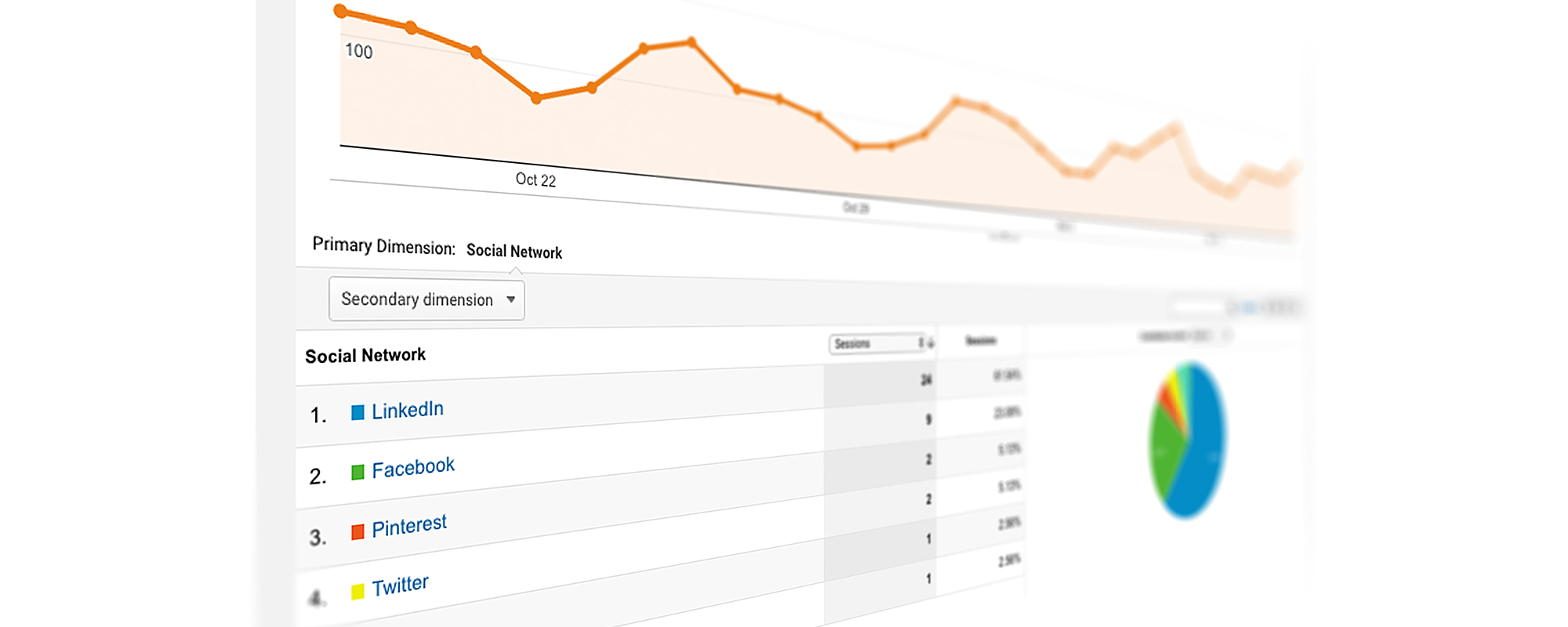To Measure Social ROI, Check Your Business Objectives
Are you on data overload? Given the wealth of metrics available to content marketers today, it’s more important than ever not to lose sight of our business objectives. I don’t mean that we’re not paying attention to ROI. I just mean that it can be a struggle to figure out how best to measure it.
Take social media, for example. Being active on Facebook is just table stakes for almost any brand in the marketplace today. So you’re probably paying someone (if you’re not doing it yourself) to produce Facebook content, and they’re working hard to produce a variety of posts that are on-brand and engaging.
But how effective is that content? To find out, you’re probably going to pull data from your platform insights or a third-party reporting tool. You’re going to identify top content by reach, top content by engagement, month over month increase in fans, etc. And these metrics will help you understand how rapidly your social community is growing, and what type of content they are most interested in seeing from you.
What these metrics alone won’t tell you is how successful your content is. Why? Because these metrics are comparing your posts against each other instead of against your business objectives for those posts.
Here’s what I mean. If your business sells a product, then one of your business objectives for Facebook content is to drive sales of that product. That means your purpose is to create a specific post designed to drive traffic to the page on your site where customers can purchase the product. Ideally that post is going to get likes, comments, and shares on Facebook, but the ultimate success metric for this post isn’t the social engagement—it’s how many sales were driven by that post. So you’ll be going to Google Analytics, not your Facebook insights, to measure the site sessions and on-page actions (like watching product videos and adding the item to a shopping cart) your Facebook post drove.
Most likely you have a number of business objectives for your Facebook content, and you’ll be measuring these in different ways. So I’ve found that using a content calendar that specifies both the objective and the success measure for each post you create is the best way to ensure 1) you’re creating the right type of content in the first place to achieve your goal, and 2) using the right metric later to gauge its success.
Engagement is validating, and for some business objectives—like driving brand awareness—those likes and shares are crucial measures. And of course understanding what posts got the most engagement last month is a helpful audience insight to inform your content planning. But if you or your content team isn’t working from a strong marketing plan with clear business objectives for content, you’re probably not creating the best content or tracking the right metrics—which means it’s very likely you’re not getting the best ROI. And if you’re going to spend all that time creating content, don’t you want to prove just how valuable it is?





